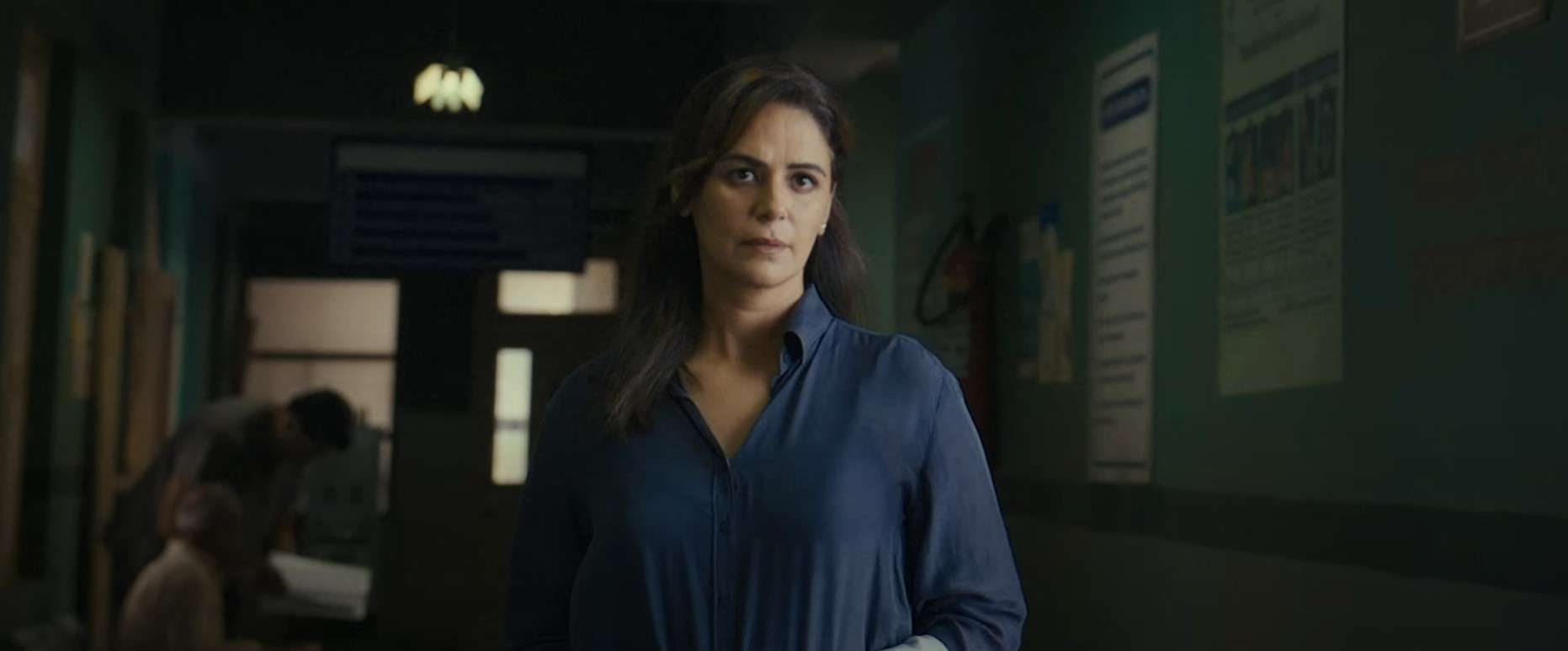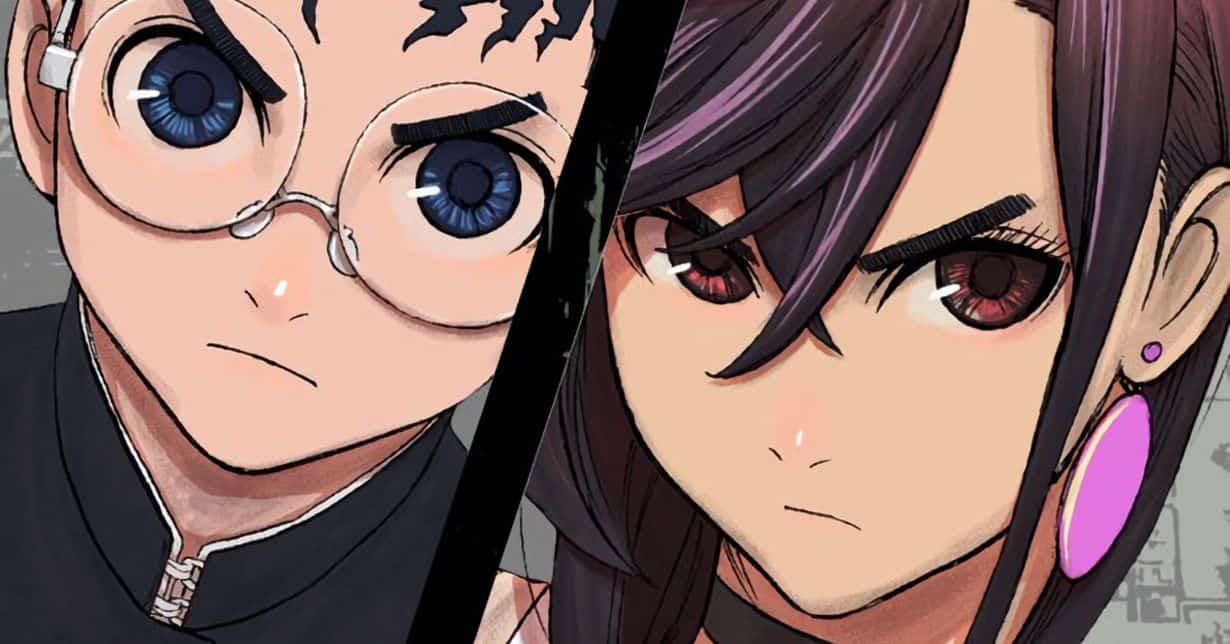The Netflix drama dystopic series about the effects of a pandemic with Mona Singh, developed by Amit Golani and Sameer Saxena demonstrates the kind of talent that cultural products from India can create. It ain’t just Bollywood and that would understate the amount of cinematographic talent India has to offer. Case in point: Netflix’s Kaala Paani.
Kaala Paani is a COVID dystopic story that tells us how people in some regions deal with the same things we all saw from the last public health crisis that shocked us all as a global community: Authoritarianism from governments, media echo chambers, collusion, and the entire works. But there’s a twist to this, this series shows us characters that learned from what happened during those difficult years.
And when it comes to Kaala Paani, we have to take a moment and interpret things concerning its conclusion, there are some spoilers for context, sure, but if you haven’t seen this Netflix limited series, go ahead, watch it, make your sense of it and then contrast it with my opinions here, as I don’t want to ruin you all the fun.

Kaala Paani Plot
We jump forward from the COVID years to the end of the 2020 decade: The global pandemic destroyed our economies, killed a bunch of our loved ones, forced us to accept dangerous substances injected into our bodies, and a girl somewhere in India watches a group of tribespeople going guachicolero on pipe —guachicol is a Mexican slang term for those who gang up on a pipe, whether its water or gasoline, to steal its contents by breaking it. The girl is scared.
Then, we smash cut and move to an airport where a dude boards a plane with his b*tch of a wife and their two kids on their way to a vacation. They land, and board a cab piloted by a sketchy dude. As they move along, we see a cop meeting some big tech company executives as they discuss why are the tribespeople going all guachicolero on that pipeline all the while he cajoles the cop for a big festival permit approval.
The executive needs the cop, who’s a big shot to get some permits from a medical officer. That medical officer has a lot of problems, from attitudinal to trust issues, and as with all things Netflix —I suppose that not even Netflix India is safe from Western feminist character stereotypes—, she’s the sort of “super strong STEMI woman”, that means, no kids, sacrificing her career over motherhood, and hoping the corporate ladder will give her and substitute the happiness of motherhood.
The medical officer thinks that there might be an outbreak, she sees people with nasty black rashes on their necks. But she can’t prove it, so she talks to Ritu, a fellow colleague who can help her out.
So, the festival takes place, authorities go, and the medical officer, Dr Singh, goes to a nearby lake where the tribespeople go all pipeline guachicolero mode and find them dead. She concludes that this disease comes from water. But in the nick of time, as she makes her way back, she slips, slams her head, and dies.
The medical aid did some research and approached another colleague with a higher hierarchy and they felt the need to tell the Lieutenant Governor about the possibility of a lockdown just like in COVID times. The Lieutenant Governor agrees a lockdown is set in place and the public panics the f*ck off.
Remember the nasty b*tch of a wife from the airplane? Turns out that when the lockdown takes place, she’s in the area but her kids are elsewhere, and can’t get to them. Big drama.
As the medical team investigates, turns out there’s a possible cure for the disease that comes from a now-extinct plant. The medical team tries to deal with the politicians and bureaucrats. With some social intel, the medical team finds out that the company that owns the pipelines bought an island that is geographically isolated from the plague, they send some people there to see if the isolation can save them.
But things evolve quickly, the families of the company’s board of directors get infected, no one can escape the island and others find out that because they have a genetic mutation, they’re immune to the plague. Eventually, the people find out that the tribespeople have the cure in their blood. So, a medical experiment ensues in hopes of fighting the disease.

Kaala Paani Ending Explained
By the end of Kaala Paani, we figure out that the medical experiment is sort of working. One of the medical staff finds a specimen of the plant in a garden. Several characters are conflicted with the decision to prioritize distributing the cure, and as the disease spreads. The tribespeople are the solution, the medical community needs their blood, but they’re not giving it away.
Corporate greed and government need to collude to sacrifice a bunch of people for the sake of “the common good”. Cops are sent to round up the tribespeople as though they were cattle, but they fight back and save themselves from being used as guinea pigs. In the end, there’s little chance for the survival of everyone, leaving us wondering if there’s a chance to save everyone. The movie doesn’t say, so it’s up for our interpretation.





